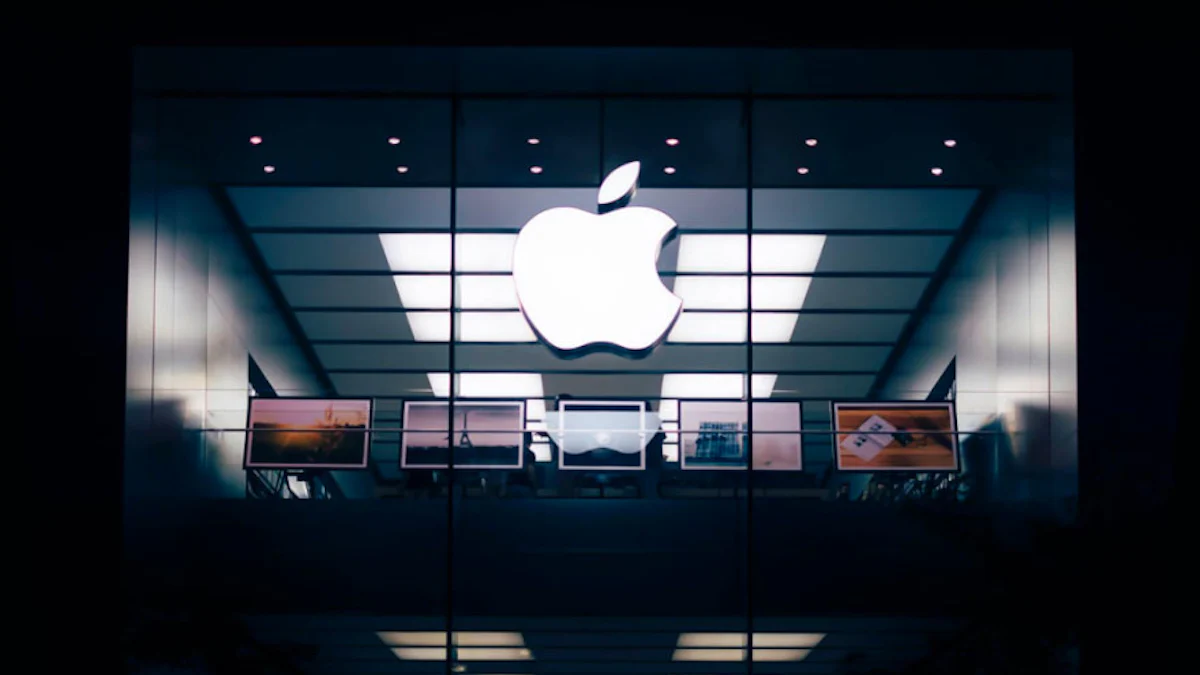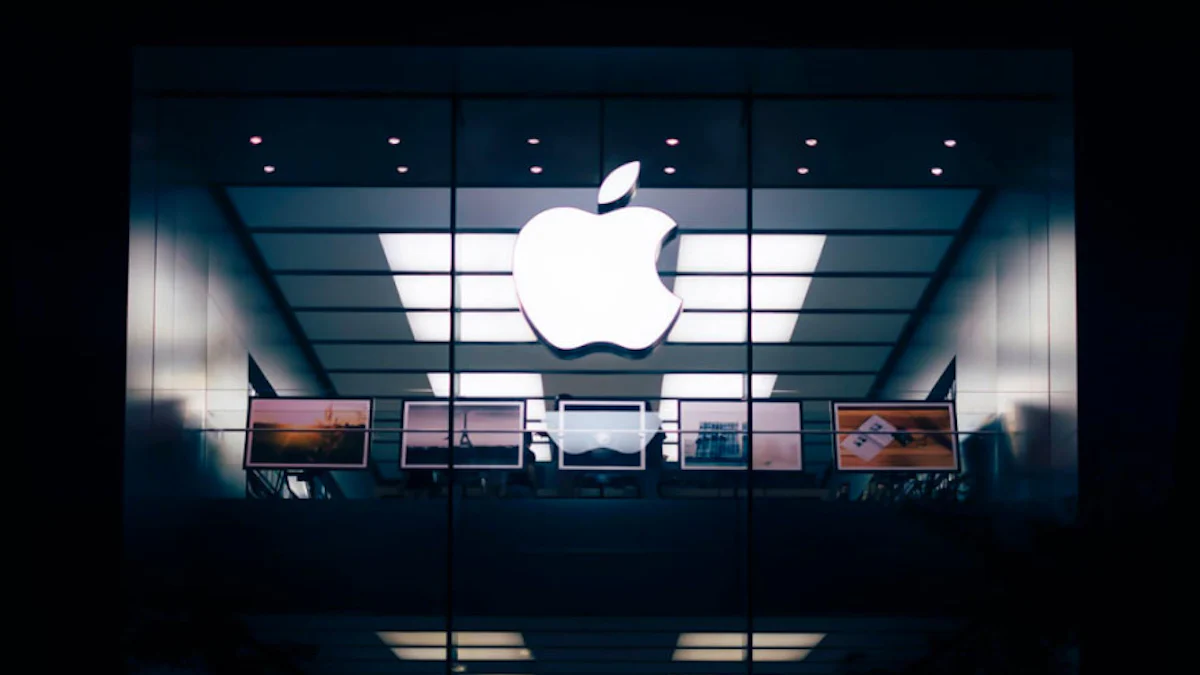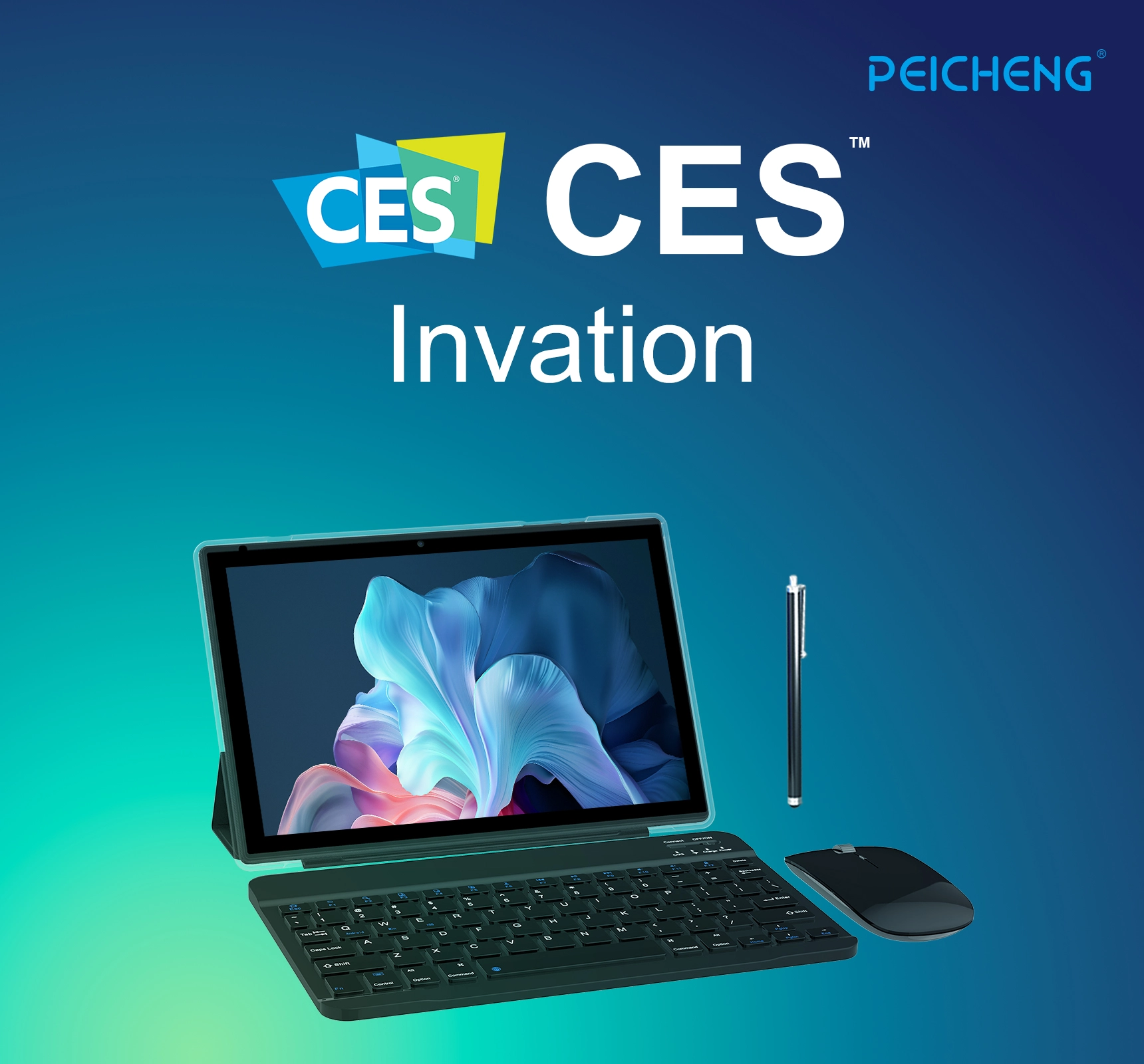- Explore
- News
- Apple Supply Chain Explained Simply
Apple Supply Chain Explained Simply


The apple supply chain represents a vast network with global reach. Apple coordinates thousands of suppliers and partners worldwide. The process spans from sourcing raw materials to manufacturing and distribution. Apple ensures seamless product delivery through meticulous planning. The majority of suppliers are based in China, with others in Taiwan and South Korea. This extensive network allows Apple to efficiently source parts and deliver them to factories. The apple supply chain plays a crucial role in Apple's success by maintaining high-quality standards and meeting consumer demand.
Key Components of the Apple Supply Chain

Sourcing
Raw Material Procurement
Apple's supply chain begins with raw material procurement. Apple collaborates with global suppliers to obtain essential components. The company prioritizes quality standards and cost-effectiveness. Apple evaluates suppliers based on environmental sustainability. This approach ensures a steady flow of high-quality materials.
Supplier Selection
Supplier selection plays a crucial role in Apple's supply chain. Apple maintains strategic relationships with key suppliers. The company focuses on trust, collaboration, and shared values. Apple invests in supplier capabilities and training. This investment aligns with Apple's commitment to ethical practices.
Manufacturing
Assembly Processes
Manufacturing involves complex assembly processes. Apple works closely with manufacturers to ensure precision. The company implements strategies like vertical integration. Apple emphasizes lean manufacturing for efficiency. This focus results in high-quality products.
Quality Control
Quality control is integral to Apple's manufacturing. Apple monitors suppliers to maintain high standards. The company uses advanced systems for tracking inventory. These systems help predict demand accurately. Apple's commitment to quality control ensures product excellence.
Distribution
Logistics and Transportation
Distribution relies on efficient logistics and transportation. Apple coordinates a vast network of partners worldwide. The company uses technologies like ERP and SCM systems. These systems enhance the management of the apple supply chain. Apple's logistics ensure timely delivery to consumers.
Retail and Online Channels
Retail and online channels form the final link in the apple supply chain. Apple utilizes both physical stores and digital platforms. The company provides seamless shopping experiences. Apple's retail strategy supports its global reach. This approach meets consumer demand effectively.
Strategic Supplier Relationships
Importance of Partnerships
Apple's success in the global market relies heavily on strategic supplier relationships. The apple supply chain thrives on collaboration with key partners. Apple forms alliances with companies like IBM to enhance technological capabilities. These partnerships result in advanced technologies integrated into Apple products. Apple sets an example for effective global supply chain management through these collaborations.
Long-term Collaborations
Long-term collaborations form the backbone of the apple supply chain. Apple invests in building strong ties with suppliers. This investment ensures stability and reliability in the supply chain. Apple's approach to long-term partnerships includes shared goals and mutual benefits. The company establishes trust and cooperation with suppliers, leading to optimized production processes.
Innovation and Technology Sharing
Innovation and technology sharing are vital components of Apple's supplier relationships. Apple leverages advanced analytics and AI to streamline operations. The company uses blockchain technology to ensure transparency and efficiency. Apple's focus on innovation enhances the quality and delivery of products. Suppliers benefit from Apple's technological advancements, fostering a culture of continuous improvement.
Challenges in the Apple Supply Chain
Reliance on Chinese Manufacturing
Apple's supply chain heavily depends on Chinese manufacturing. Major suppliers like Goertek and Luxshare operate in China. This reliance presents several risks and dependencies.
Risks and Dependencies
The geographic concentration of suppliers in China creates vulnerabilities. Issues such as political tensions and pandemics can disrupt operations. Reports have highlighted challenges like long working hours and poor conditions. These factors affect Apple's reputation and ethical commitments.
Mitigation Strategies
Apple aims to diversify its supply chain to reduce risks. Expanding production to countries like India helps lessen dependency on China. Diversification ensures stability and minimizes disruptions. Apple continues to explore partnerships in various regions.
Climate Change Impacts
Climate change poses significant challenges to the apple supply chain. Environmental concerns demand urgent attention from Apple.
Environmental Concerns
Apple faces pressure to address environmental impacts. The supply chain's carbon footprint contributes to global warming. Component availability and spare parts distribution face disruptions due to climate events.
Sustainability Initiatives
Apple invests in sustainability initiatives to counteract these impacts. Green technologies and renewable energy sources are priorities. The company focuses on reducing emissions and enhancing resource efficiency. Apple's commitment to sustainability strengthens its global supply chain.
How Apple Supply Chain Affect Peicheng
Execution of Management Strategies
Peicheng's production management team originates from Apple. The team executes production standards identical to Apple's. Jerry Chi was Apple's Vice President of Supply Chain for the Asia-Pacific region. Jerry Chi ensures that Peicheng's operations align with Apple's high standards. This alignment guarantees quality assurance for Peicheng's tablets.
Alignment with Apple's Goals
Peicheng aligns its goals with Apple's supply chain objectives. The company emphasizes ethical and sustainable practices. Peicheng collaborates closely with suppliers to maintain these standards. The focus on sustainability reflects Apple's commitment to environmental responsibility. Peicheng benefits from Apple's purchasing power to negotiate favorable terms.
Contributions to Efficiency
Peicheng contributes significantly to supply chain efficiency. The company implements Apple's advanced production techniques. Peicheng engages in research and development with suppliers. This collaboration secures the manufacture of custom parts. Peicheng's adherence to Apple's strategies enhances productivity. The result is a streamlined and effective supply chain operation.
Addressing Supply Chain Challenges
Diversification Efforts
Expanding Supplier Base
Apple actively expands its supplier base to enhance resilience. The company seeks partnerships with suppliers in various regions. This strategy reduces dependency on a single geographic area. Apple ensures a stable supply chain by diversifying sources.
Regional Manufacturing
Regional manufacturing plays a crucial role in Apple's strategy. Apple invests in facilities outside traditional hubs. This approach minimizes risks associated with regional disruptions. Apple enhances flexibility and responsiveness through regional diversification.
Sustainability and Innovation
Green Technologies
Apple prioritizes green technologies within its supply chain. The company invests in renewable energy sources. Apple reduces emissions by implementing energy-efficient practices. These efforts align with Apple's commitment to sustainability.
Circular Economy Practices
Circular economy practices form a key part of Apple's strategy. Apple aims to create a closed-loop supply chain. The company focuses on using recyclable and renewable materials. Apple minimizes waste and conserves resources through these initiatives.
Future Trends in the Apple Supply Chain

Technological Advancements
Automation and AI
Apple integrates automation and AI to enhance supply chain efficiency. These technologies streamline operations and reduce human error. Automation accelerates production processes, ensuring timely delivery. AI provides predictive analytics for demand forecasting. Apple's focus on technology optimizes resource allocation.
Blockchain for Transparency
Blockchain technology ensures transparency in Apple's supply chain. This technology tracks products from origin to consumer. Blockchain enhances trust between Apple and its partners. Suppliers adhere to ethical standards through transparent practices. Apple's commitment to transparency strengthens its global reputation.
Global Economic Factors
Trade Policies
Trade policies significantly influence Apple's supply chain strategy. Changes in tariffs affect cost structures and sourcing decisions. Apple adapts to regulatory shifts to maintain competitiveness. The company navigates geopolitical tensions with strategic planning. Apple's proactive approach mitigates potential disruptions.
Market Dynamics
Market dynamics shape Apple's supply chain decisions. Consumer preferences drive product innovation and distribution. Economic fluctuations impact supplier relationships and pricing. Apple analyzes market trends to align supply chain strategies. The company's agility ensures resilience in a changing global landscape.
Apple's supply chain strategy exemplifies efficiency and innovation. The company uses data analytics and AI to optimize inventory and ensure timely delivery. This approach maximizes customer satisfaction and maintains Apple's reputation for quality. Future trends indicate a shift towards sustainability and diversification. Companies prioritizing environmental responsibility will enhance their brand image. Apple invests in green technologies and regional manufacturing to stay ahead. Flexibility and diversification will differentiate successful businesses in the global market. Apple's strategic initiatives position the company for continued leadership in the technology sector.













